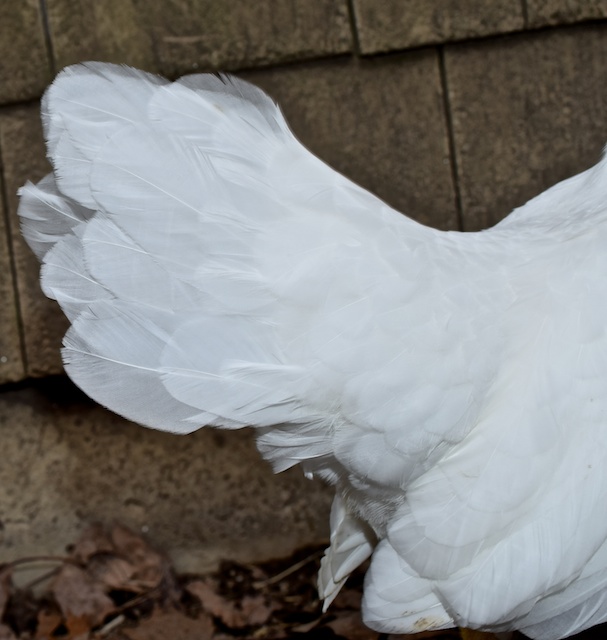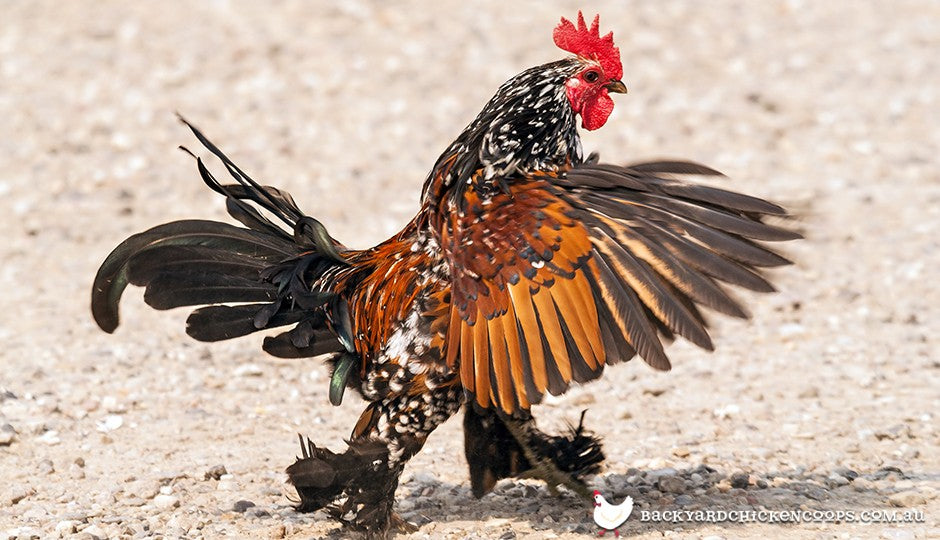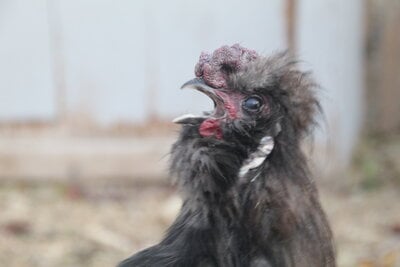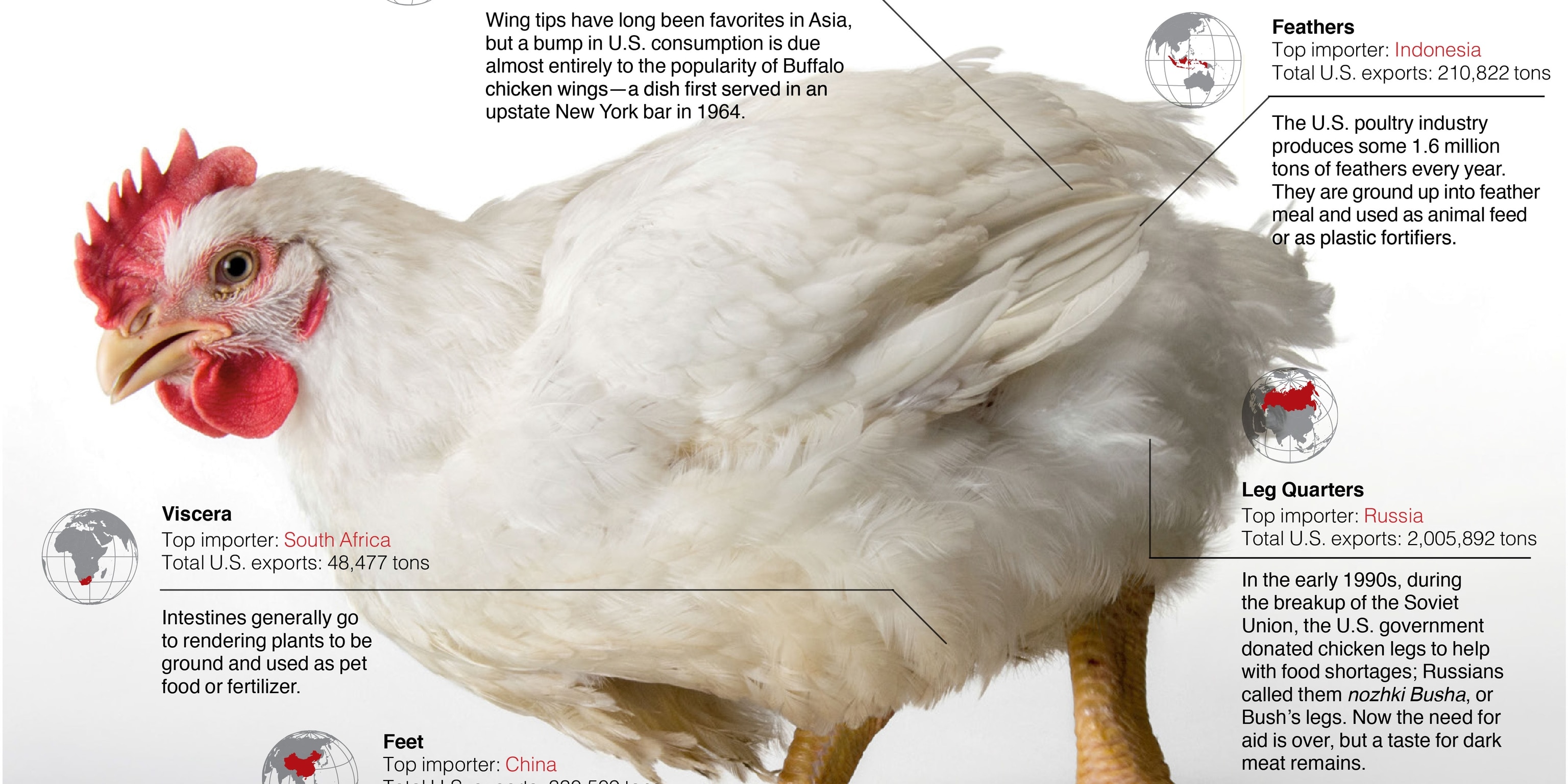Introduction To Chicken Myths

Chicken myths have been circulating for years, often leading to misconceptions about these beloved birds. In this article, we will debunk common chicken myths and provide factual information to set the record straight. Understanding the truth behind these myths is crucial for backyard chicken owners and enthusiasts alike. By debunking these misconceptions, we aim to ensure that readers have accurate knowledge about chicken feathers and can make informed decisions when it comes to raising and caring for these beautiful creatures. Join us as we dive into the world of backyard chickens and separate fact from fiction.
The Importance Of Debunking Common Chicken Myths
Debunking common chicken myths is of utmost importance in order to provide accurate information and dispel misconceptions. By debunking these myths, individuals can make informed decisions about raising and caring for chickens. It also helps prevent the spread of false information and ensures the well-being of these beloved birds. Understanding the truth behind these myths allows chicken owners and enthusiasts to provide appropriate care and support for their chickens, leading to healthier and happier flocks. By separating fact from fiction, we can promote responsible chicken ownership and contribute to the overall welfare of these amazing creatures.
Why It Is Important To Understand Facts About Chicken Feathers
Understanding facts about chicken feathers is crucial for chicken owners and enthusiasts. By knowing the truth about feathers, individuals can provide appropriate care for their chickens. Feathers play a vital role in regulating body temperature, protecting against the elements, and even influencing meat quality. Misconceptions about feathers can lead to incorrect husbandry practices, such as unnecessary feather removal or inadequate protection from cold weather. By debunking myths and understanding the importance of feathers, we can ensure the well-being and welfare of our feathered friends.
Myth: White Chicken Feathers Indicate Better Quality

White chicken feathers do not necessarily indicate better quality. Feather pigmentation, including white feathers, is determined by genetics and breed characteristics rather than meat quality. The color of chicken feathers has no direct correlation with taste, tenderness, or nutritional value of the meat. In fact, dark-colored feathers can be found on high-quality, flavorful chicken breeds such as the Silkie. When selecting chicken meat, it is important to focus on factors such as freshness, texture, and marbling rather than the color of the feathers.
Explanation Of Chicken Feather Pigmentation
Feather pigmentation in chickens is determined by the distribution of two types of melanin: eumelanin and pheomelanin. These pigments create a wide range of colors and patterns in individual feathers. The elaborate color patterns of chicken feathers are influenced by the agouti signaling protein. This protein controls the production and arrangement of melanin in the feathers. The interaction between these pigments and proteins results in the vibrant colors and patterns that we see in different chicken breeds. Understanding the genetic and biochemical processes behind feather pigmentation sheds light on the fascinating diversity of chicken feathers.
The Relationship Between Feather Color And Meat Quality
The color of a chicken’s feathers does not directly indicate its meat quality. Feather color is primarily determined by the distribution of melanin pigments in the feathers, which does not have a direct impact on meat quality. Factors such as the breed, age, diet, and living conditions of the chicken play a more significant role in determining meat quality. It is important to focus on these factors rather than relying on feather color as an indicator of meat quality.
Myth: Chickens Need Their Feathers To Stay Warm

Contrary to popular belief, chickens do not rely solely on their feathers to stay warm. While feathers do provide some insulation, chickens have other mechanisms to regulate their body temperature. They have a high metabolism and generate heat internally, which helps them maintain a stable body temperature. Additionally, chickens can fluff their feathers to trap air and create a layer of insulation. Feather color does not directly affect their ability to stay warm. Understanding these facts helps debunk the myth that chickens need their feathers to stay warm.
Insight Into The Insulating Properties Of Chicken Feathers
Chicken feathers serve as an effective insulation mechanism for chickens. Feathers are designed to provide warmth and protection, keeping chickens comfortable in various weather conditions. The structure of feathers allows them to trap air, creating a layer of insulation that helps regulate body temperature. When chickens fluff their feathers, they increase the amount of air trapped, enhancing insulation. This insulation barrier helps to retain the heat generated by the chicken’s high metabolism, preventing heat loss. Contrary to the myth that feathers are solely responsible for keeping chickens warm, they are just one component of the chicken’s natural temperature regulation system.
How Chickens Regulate Their Body Temperature
Chickens have a remarkable ability to regulate their body temperature. They rely on their hypothalamus, which acts as a thermostat, to maintain a constant internal temperature. When chickens feel hot, they engage in behaviors such as panting, spreading their wings, and seeking shade to release excess heat. On the other hand, when they feel cold, chickens fluff up their feathers to create an insulating layer that traps warm air close to their bodies. This natural mechanism allows chickens to adapt to different weather conditions and maintain a comfortable body temperature.
Myth: Chickens Cannot Fly Due To Their Feathers

Contrary to popular belief, chickens are capable of flying, although their flight capabilities may vary depending on the breed. While it is true that some chicken breeds, like Silkies, have feathers that are not designed for efficient flight, most chickens can fly for short distances. Their feathers provide them with the necessary lift and balance to take flight. Chickens often use their flight abilities to escape predators or find a high place to roost. So, it is a misconception that chickens cannot fly due to their feathers.
Understanding The Anatomy And Flight Capabilities Of Chickens
Chickens have a unique anatomy that differs from birds known for sustained flight. Their wings are designed for short bursts of flight rather than long distances. The bones in their wings are compact and lightweight, allowing for agile movements. Chickens also have strong breast muscles that provide the necessary power for takeoff. Additionally, their feathers play a crucial role in flight by providing lift and balance. While they may not soar like other birds, chickens are capable of flying for short distances to escape predators or find a safe roosting spot.
The Role Of Feathers In Chicken Flight
Chicken feathers play a crucial role in the flight capabilities of chickens. Feathers provide lift and balance, allowing chickens to glide through the air for short distances. The compact and lightweight bones in their wings, combined with strong breast muscles, provide the necessary power for takeoff. Feathers not only aid in flight, but also help chickens navigate and maneuver in the air. They act as aerodynamic surfaces, enabling chickens to control their movements and make adjustments mid-flight. So, while chickens may not soar like other birds, their feathers play an essential role in their flight abilities.
Myth: Removing Chicken Feathers Improves Meat Quality

One common myth is that removing chicken feathers improves the quality of the meat. However, this is not true. Feather removal does not have any direct impact on meat quality. The quality of chicken meat is determined by factors such as breed, diet, and processing methods. Feather removal may lead to some minor improvements in terms of appearance and hygiene, but it does not enhance the actual taste or texture of the meat. So, while feather removal may be done for aesthetic or practical reasons, it does not have a significant effect on the quality of the meat itself.
Exploration Of The Impact Of Feather Removal On Meat
The process of removing feathers from chickens has been a longstanding practice for various reasons, including hygiene and aesthetics. However, it is important to note that feather removal does not have a significant impact on the quality of the meat itself. The quality of chicken meat is determined by factors such as breed, diet, and processing methods. Feather removal may result in minor improvements in terms of appearance and cleanliness, but it does not enhance the taste or texture of the meat. Therefore, while feather removal may have practical benefits, it does not directly affect the overall quality of the meat.
The Relationship Between Feathers And Meat Characteristics
Feathers and meat characteristics are not directly related. Feathers are primarily composed of keratin, a protein, while meat consists of muscle tissue. The quality of meat depends on factors such as breed, diet, and processing methods, rather than the presence or absence of feathers. Feather removal may improve appearance and cleanliness, but it does not enhance the taste or texture of the meat. Therefore, it can be concluded that the relationship between feathers and meat characteristics is minimal and does not significantly impact the overall quality of the meat.
Conclusion

In conclusion, debunking common chicken myths, such as the significance of feather color or the role of feathers in flight, is crucial for understanding the true nature of these animals. Feathers on chicken wings serve as insulation and protect their bodies, but do not contribute to their flight capabilities. Additionally, feather removal does not enhance meat quality. By dispelling these misconceptions, we can appreciate chickens for their unique qualities and the valuable contributions they make to our lives as a source of food and companionship.
The Importance Of Fact-checking Common Chicken Myths
Fact-checking common chicken myths is important for several reasons. Firstly, it allows us to dispel false information and ensure that accurate knowledge is shared. By debunking these myths, we prevent the spread of misconceptions and enable people to make informed decisions about chicken care and welfare. Secondly, understanding the truth about chicken feathers helps us appreciate and respect these animals for who they truly are, rather than relying on outdated beliefs. Lastly, by promoting accurate information, we contribute to the overall well-being and better understanding of chickens in our society.
Busting Misconceptions About Chicken Feathers
Busting misconceptions about chicken feathers is crucial in order to provide accurate information about these beloved birds. One common misconception is that white chicken feathers indicate better quality. However, feather pigmentation has no connection to the quality of the meat. Another myth is that chickens need their feathers to stay warm. In reality, chicken feathers serve as excellent insulators, helping them regulate their body temperature effectively. Furthermore, the belief that chickens cannot fly due to their feathers is false. Feathers play a vital role in chicken flight, providing lift and stability. By debunking these misconceptions, we can promote a better understanding of chicken feathers and their importance in the lives of these remarkable creatures.
Frequently Asked Questions about Feathers on Chicken Wings
Q: Why do chicken wings have feathers?
A: Chickens are birds and, like all birds, they have feathers. Feathers are an essential part of their anatomy and serve various purposes, such as insulation, protection, and flight.
Q: Can you eat chicken wings with feathers on them?
A: No, you cannot eat chicken wings with feathers on them. When you purchase chicken wings from a grocery store or order them at a restaurant, they are cleaned and prepared, with all feathers removed. Feathers are not safe or appetizing to consume.
Q: What happens to the feathers on chicken wings before they are sold?
A: Before chicken wings are sold to consumers, they go through a process called “processing.” This involves removing the feathers, cleaning the wings, and packaging them for sale. The feathers are discarded during this process.
Q: Are chicken wings plucked manually?
A: Yes, chicken wings are plucked manually during processing. Skilled workers use specialized equipment or tools to remove the feathers from the wings. This ensures that the feathers are thoroughly removed, leaving behind only the delicious meat.
Q: Can you eat chicken feathers?
A: No, chicken feathers are not meant for consumption. They are made of keratin, the same material as human hair and nails. Feathers are mostly composed of protein and are not considered edible or safe to eat.
Q: Do chicken wings have different types of feathers?
A: Chicken wings do not possess different types of feathers like some birds do. Chickens have a combination of down feathers and contour feathers, which are primarily used for protection and warmth rather than flight.
Q: Are there any health risks associated with feathers on chicken wings?
A: No, there are no health risks associated with feathers on chicken wings because the feathers are removed during processing. The chicken wings undergo thorough cleaning and inspection before being packaged, ensuring they are safe for consumption.
Q: Can I buy chicken wings with feathers on them?
A: No, chicken wings with feathers on them are not available for purchase. Feathers are removed during processing to provide consumers with clean and edible chicken wings. If you find feathers on your chicken wings, it is likely a rare occurrence or a sign of a processing error.
Q: Can you tell the quality of chicken wings by the appearance of their feathers?
A: Feather appearance is not an accurate indicator of chicken wing quality. The quality of chicken wings is determined by various factors, such as freshness, tenderness, and how they are stored and cooked. Feather appearance alone does not provide insight into these qualities.
Q: Are feathers on chicken wings a sign of a diseased chicken?
A: Feather presence or absence on chicken wings is not an indication of a diseased chicken. However, if you notice abnormal or excessive feather growth on a chicken wing, it is recommended to consult an expert or veterinarian to ensure the bird’s health and well-being.
In conclusion, chicken wings naturally come with feathers, but they are thoroughly removed during processing before they are sold. Feathers are not consumed and do not pose any health risks when enjoying this popular and delicious food.

Come for The Burgers… Stay for The Beers!